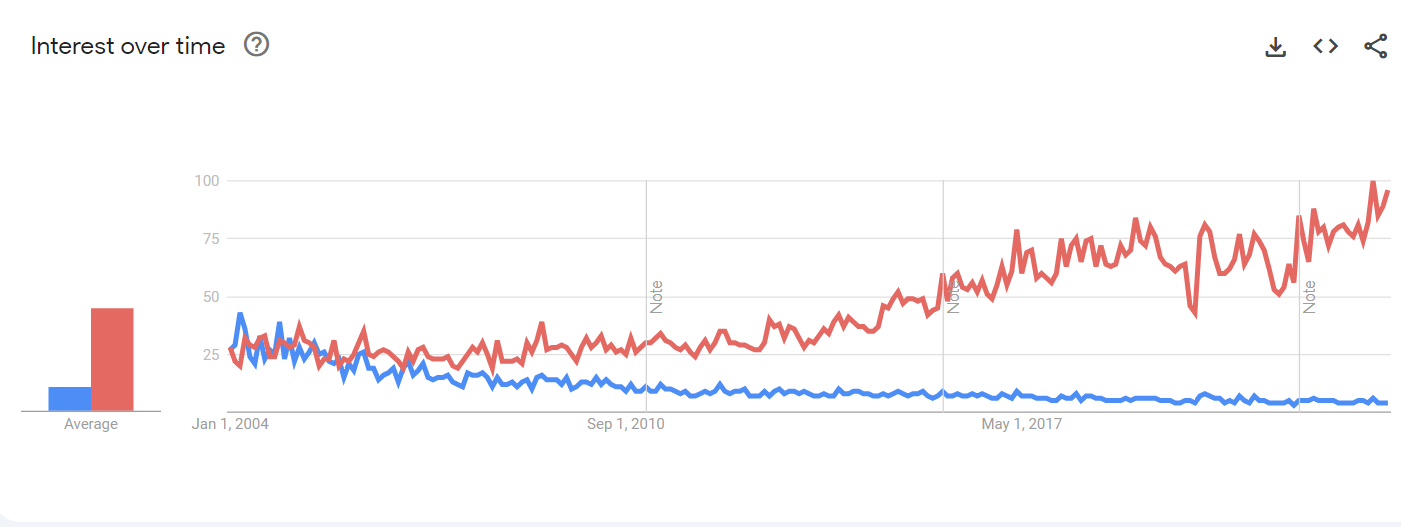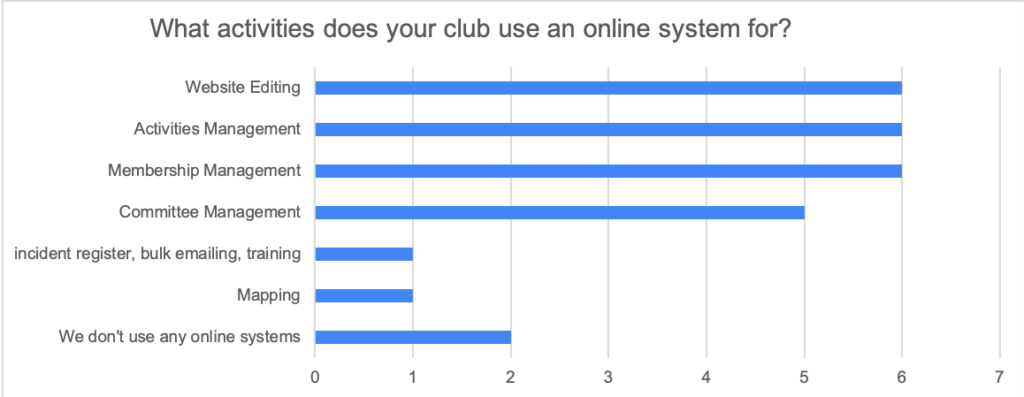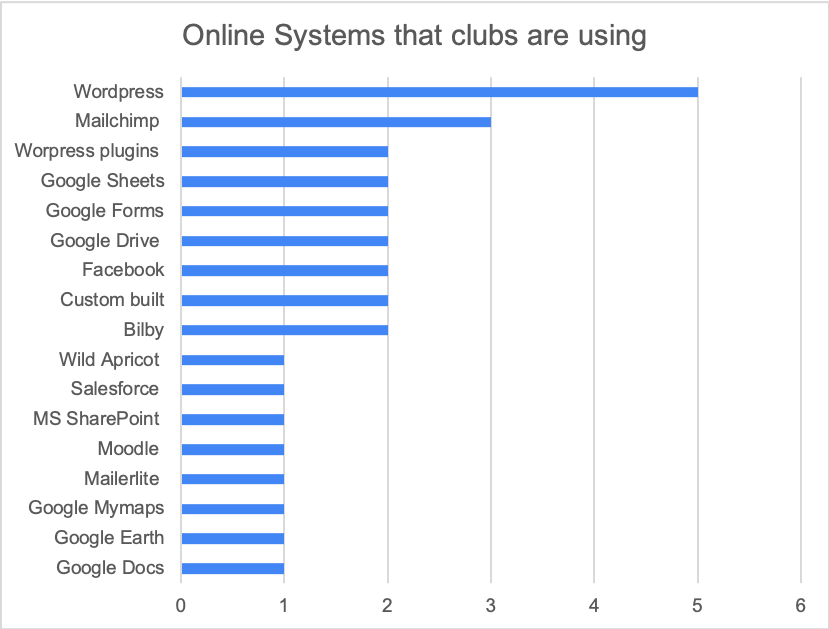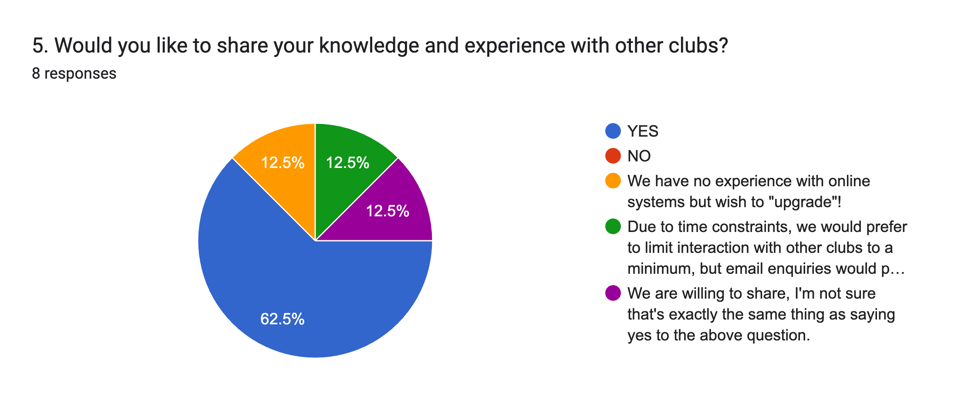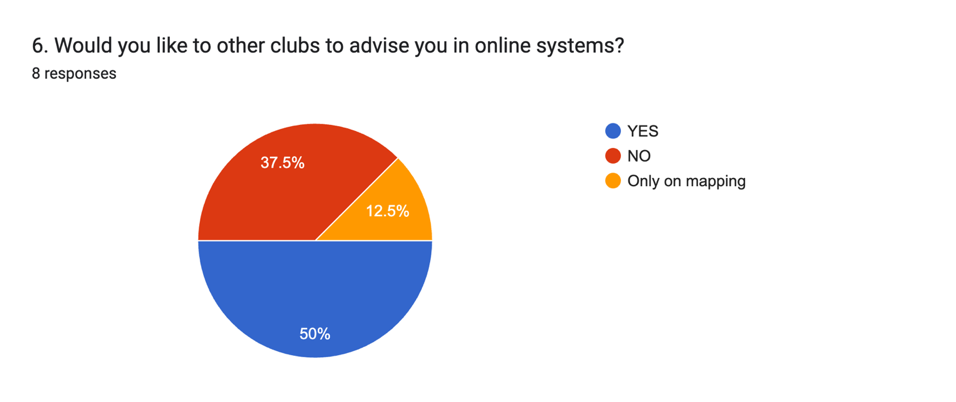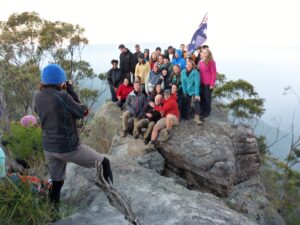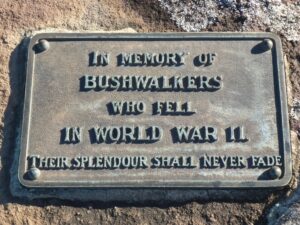Is there a party limit when walking in declared wilderness areas?
Yes and no. Sometimes there is a legally enforceable limit, and at other times there is a recommended limit. In other parks there is no set limit at all in the Park Plan of Management (POM).
You can access POMs here.
Most people are unlikely to want to trawl through the complexities of the POM. However, the National Parks Association (NPA) has published a comprehensive list of wilderness limits and recommendations here, compiled from the park Plans of Management.
Additionally, under the National Parks and Wildlife Regulation 2019, a Park Authority may impose a legally enforceable condition of entry on people entering or using the park. That condition of entry may be printed at the point of park entry or as a notice in the park office, or alternatively may be given verbally. The current fine for disobeying a condition of entry is $300.
Four wilderness areas have a set limit of eight people, six others have higher limits or recommendations. Most (over 30 more) do not have limits set in their Plans of Management. Unfortunately the National Parks website does not always tell you the answer to the question of maximum party size, so if in doubt always ring the local park office for information.
So just what is a wilderness area? NSW National Parks and Wildlife Service (NPWS) defines it on their website as
‘Large, natural areas of land which, together with their native plant and animal communities, remain essentially unchanged by modern human activity. They allow the natural processes of evolution to continue with minimal interference, which protects the existing biodiversity in a functioning natural system.’
NPWS prepare report with a proposal for each new wilderness area, which must then be approved by the Minister for the Environment. Once the Minister publishes the declaration in the Government Gazette, special protections apply to the Declared Wilderness Area.
The Wilderness Act 1987 states that wilderness should be managed so as to:
(a) to restore (if applicable) and to protect the unmodified state of the area and its plant and animal communities,
(b) to preserve the capacity of the area to evolve in the absence of significant human interference, and
(c)to permit opportunities for solitude and appropriate self-reliant recreation (whether of a commercial nature or not)
Many wilderness areas are remote. Access is usually by foot. Motorized vehicles are prohibited except in emergencies. There are no signs or trail markers. These areas should only be tackled by highly experienced, self sufficient walkers with advanced navigation skills.
If we walk and camp with too large a party, we risk damaging the pristine environment, and impact on the ability of others to enjoy the solitude of these precious places. As responsible bushwalkers we should always aim to Tread Softly in the wilderness, with small party sizes, in accordance with the principles of the Bushwalkers Code, regardless of whether or not there is a legal limit to party size.

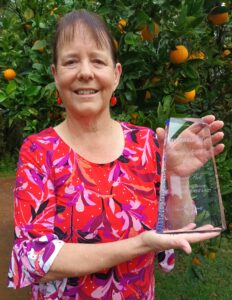 Some of you may remember that in 2013 BNSW held a Presidents Meeting to brainstorm ideas on promoting and running bushwalking clubs. I voiced an opinion that although the Confederation website had been great when it started, that it no longer met the needs of the organisation and we needed a new modern website. I was therefore gratified when the committee set aside some money and commissioned David Morrison to project manage a new website in February 2014. David called for volunteers to help write the content and since I had been so vocal about the website, I felt I should volunteer my writing skills for the project.
Some of you may remember that in 2013 BNSW held a Presidents Meeting to brainstorm ideas on promoting and running bushwalking clubs. I voiced an opinion that although the Confederation website had been great when it started, that it no longer met the needs of the organisation and we needed a new modern website. I was therefore gratified when the committee set aside some money and commissioned David Morrison to project manage a new website in February 2014. David called for volunteers to help write the content and since I had been so vocal about the website, I felt I should volunteer my writing skills for the project.